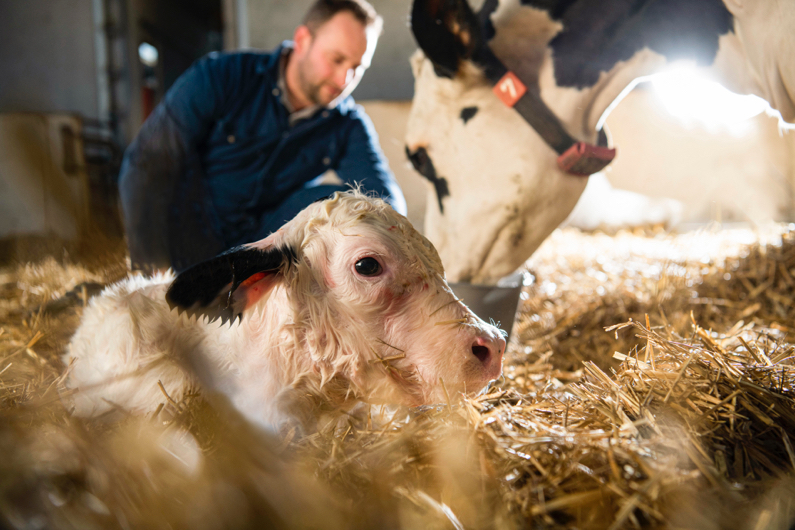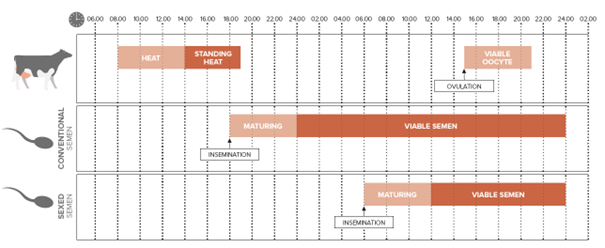When is the perfect time to inseminate a cow after she shows signs of heat? Judith Roelofs, lecturer in fertility and reproduction at HAS University of Applied Sciences Den Bosch, has been carrying out a study to answer that question and knows only too well that timing is everything when it comes to AI success.
“For successful fertilisation, semen and oocyte must meet at the right time,” she says. “There must be viable semen cells at the entrance to the oviduct when ovulation takes place.”
To determine this exact moment, insight into both the fertility cycle of cows and the life cycle of semen are key.
As part of her PhD research at Wageningen UR, Dr Roelofs looked closely at the heat behaviour of cows. Oestrus length and the extent to which animals show it varies significantly from cow to cow. On average, cows are in heat for about 11 hours and during that period they show behaviours including chin resting and sniffing an average of 25 times, mounting six times and actual standing heats just four times. And the period in which cows show standing heat lasts for not longer than about five hours.
“This means standing heats are often missed in practice. Producers have a lot more to do besides watching cows day and night.”
Ovulation occurs about 25 hours after the start of standing heat, and around 31 hours after the first signs of heat. This oocyte remains viable for about six hours after ovulation. So during this six-hour period there has to be viable semen in the oviduct for fertilisation to occur.


